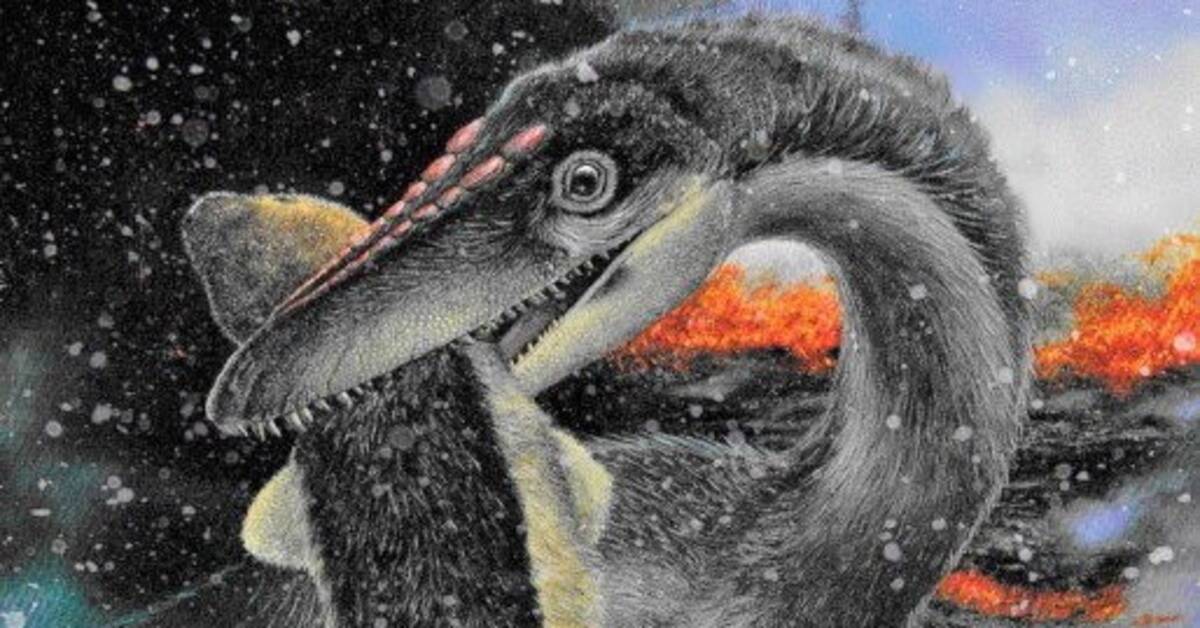During the Triassic period, from 250 million to just over 200 million years ago, there was a reptile empire on the planet, and the dinosaurs of that time seem to have mainly been referred to the polar regions.
There it could - albeit not to the same extent as today - get chilly, shows a new study from Columbia Climate School.
The evidence is dinosaur footprints next to odd rock fragments that only occur as a result of ice, which was discovered in the desert area Junggar in northwestern China.
"Be ready"
On the rest of the earth it was much warmer at this time, but when the cold snaps spread about 200 million years ago, scientists believe that the cold may have killed the cold-blooded reptiles, which were large and with bare skins.
The dinosaurs in the north and south, on the other hand, were already adapted to climate change.
"When it got cold everywhere, they were ready, and other animals were not," says Paul Olsen, lead author of the study, in a press release.
The researchers do not know what was behind the changes that led to the mass extinction during the geologically short period of time of about one million years.
Maybe there was a massive volcanic eruption that spit out so many particles in the atmosphere that the whole planet cooled down.
It is clear that three quarters of all living species in the sea and on land disappeared.
Not just tropical
The feathered dinosaurs, warm-blooded with high metabolism, however, managed to adapt.
"There is a preconceived notion that dinosaurs always lived in lush tropical jungles, but this new research shows that the higher latitudes were chilly and even covered in ice during parts of the year," says Stephen Brusatte, professor of paleontology and evolution at University of Edinburgh.
"Dinosaurs that live at high latitudes only happened to have winter coats, while many of their Triassic competitors died out."
Mass extinction became the start of the dinosaurs' reign.
After the time period of one million years, the Jurassic, warmer and humid climate began.
The study is a collaboration between universities in several parts of the world, and is presented in Science Advances.
Below you can see a clip about how Europe's largest carnivorous and terrestrial dinosaur was found in England:
Javascript is disabled
Javascript must be turned on to play video
Read more about browser support
The researchers found bone parts belonging to the back, hips and tail as well as fragments of limbs.
Photo: Reuters

